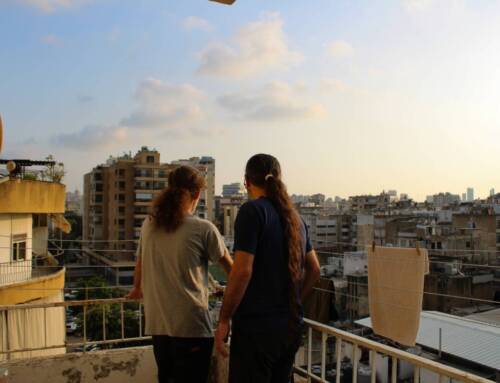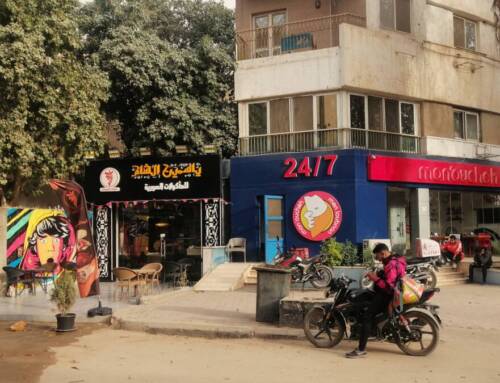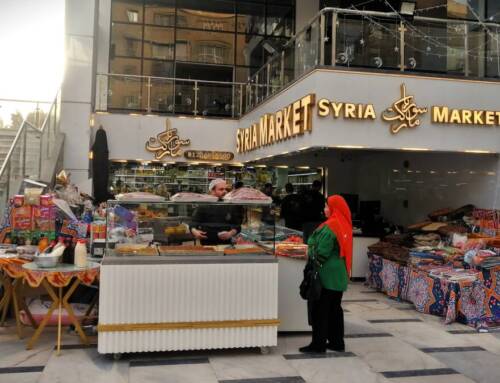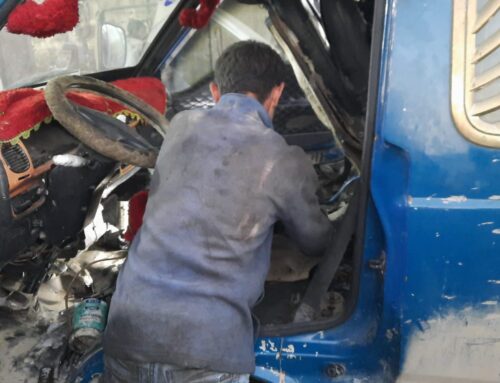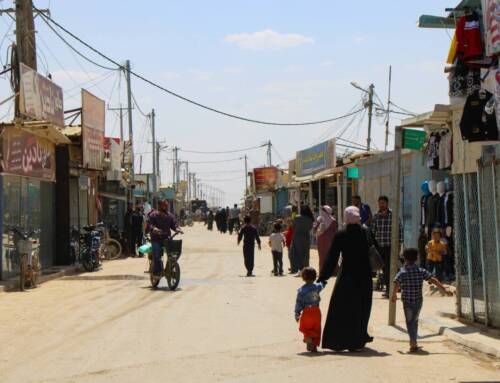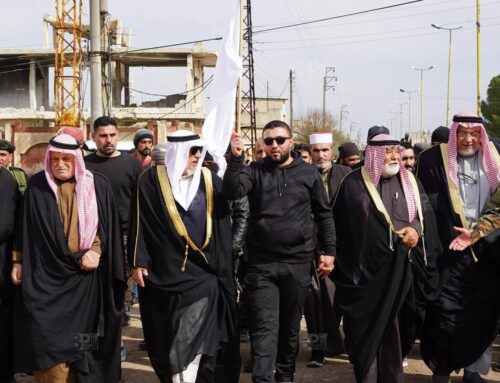Regime forces encircle FSA-controlled town along Orontes
May 17, 2013 By Nuha Shabaan and Kristen Gillespie AMMAN: […]
17 May 2013
May 17, 2013
By Nuha Shabaan and Kristen Gillespie
AMMAN: Syrians continued to flee Halfaya in Hama province on Friday by crossing the Orontes River, the only remaining way out, as regime forces encircle the town and reportedly prepare to invade it.

Only the elderly, who cannot cross the river, and FSA appear to remain, al-Hamawi said. “Citizens in Halfaya were using makeshift boats to leave that were not designed to carry large numbers of people or heavy loads,” he said. “The regime closed off all entrances in and out of the city.”
Halfaya was targeted by the regime after it ordered FSA fighters to leave. The rebels captured the town, population 25,000, approximately four months ago.
Activists say the regime is blockading the village because it lies along the road connecting the nearby pro-regime town of Muhrada to the Damascus-Aleppo highway. Alawite villages lie to Halfaya’s east and west, another reason for its strategic importance, they say.
The showdown started after rebels attacked an army convoy headed toward Hilfaya, said Musfata Kintar, an activist from the Legal Office Documenting Regime Crimes, a civil society organization based in northwest Syria. The regime “responded by bombing the city and targeting the roads around it,” he said.
Regime forces sealed off the city, cutting water and electricity and offered to enter without attacking if the FSA retreated. The FSA refused, al-Hamawi said, out of fear that a massacre would unfold if they departed. Citizens also demanded the FSA remain to protect them, he added.
“When the citizens of the town tried to leave, regime forces began firing on them; many were killed and others fled by crossing the Orontes River,” said Ahmed al-Ahmed, a citizen journalist who has been covering the story. Casualty figures have not been verified, but al-Ahmed said 300 are believed dead.
“Crossing the river is dangerous, but a better alternative than falling into regime hands,” said Um Raghed, 35, a former teacher who is now a Hama-based activist.
Regime forces have reportedly burned houses, farms and even the remaining animals, “as the town is close to other pro-regime villages in the area,” al-Ahmed said.
“The regime does not enter a village and leave it peacefully; they steal, they kill, they burn. They destroy the city before they leave it and they kill as many people as possible so as not to leave behind eyewitnesses,” Um Raghed said.
The pro-government Syria-News reported heavy fighting in Halfaya this week, with “many” injured and widespread destruction. “Clashes between regime forces and rebel fighters are continuous,” the news site reported, adding that rebels have targeted government checkpoints around Halfaya with missiles. The official SANA agency stated that “terrorists” from Jabhat a-Nusra fired missiles from their post in Halfaya into the neighboring town of Muhrada, which supports the regime.
The FSA’s Al-Farouq Battalion claimed it fired Grad missiles “that were captured in previous battles” into Muharada, but said in a YouTube statement that the firing was directed toward shabiha bases.
Halfaya, named after halfa, a needle-grass indigenous to the region used in basket-making, was founded along the Orontes River, used to irrigate the land along the riverbank. Known as the “vein of life” for residents, half of whom work in agriculture, Halfaya is known for producing grapes, molasses and livestock. It is known to the outside world as the site of the “Oven Massacre,” when in December 2012 regime shelling hit a bread line, killing nearly 70 people standing outside the bread oven and injuring dozens more.
While the FSA declared the town liberated upon its capture in February, activists caution that Syria’s towns and cities cannot be liberated while the regime dominates the sky.
“As long as the skies are open for warplanes and regime missiles, there are no liberated areas,” said Um Raghed.


